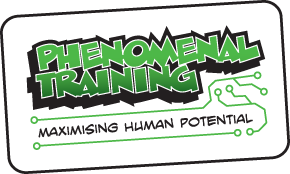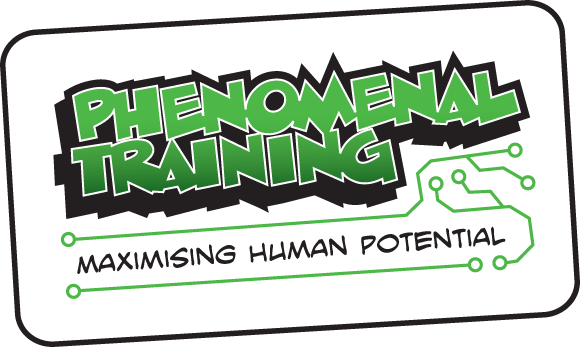Did you watch any movies over this Christmas and New Year? The new first film in the Star Wars anthology Rogue One was released to worldwide box office success.
Filmed last year in London’s Elstree Studios, it showcases some astonishing technology using Computer Generated Imagery (CGI) characters. It has prompted debate about image rights following the character resurrection of the late Peter Cushing – and of course building a new role using the young Carrie Fisher seems all the more poignant following her recent death.
Filming the next instalment is well underway. Personally, if I were a grieving relative I would struggle with CGI being used to create a new story within which they would not get to experience themselves. I prefer to think the people that I am watching whilst they work have made the conscious choice to be there.
In terms of casting, CGI has brought fantastic images to our screen, often requiring less real actors to create epic scenes. For example, the original 1971 Charlie and the Chocolate Factory had 10 unique actors playing the Oompa Loompas. The 2005 remake only required 1 actor, whose image was then digitally replicated – replacing the need for the other 9.
You may not work in a chocolate factory, but for those of us returning to a workplace this week, are you The Real 1 or are you one of the CGI 9 who could be digitally replaced? The stronger the emotional connection to your audience (colleagues, leaders, customers, passengers, patients, clients etc) the less easy you are to digitise.
Making an emotional connection requires effort, and increasingly this will become a key part of a person’s employability. Because of course, digital replacement is not unique to the film industry…
I met up with old friend who was back home for Christmas from Singapore, where he has worked as a global IT recruiter for many years now. He has seen how the developments in AI and machine learning have impacted the world of IT candidate recruitment.
A few years ago he would have been recruiting for large scale IT projects requiring 100+ contractors, whereas now only 10 people are needed. The client expectations and demands are higher than ever, so what’s happened to the work previously done by those 90? It is now being done by developer apps; all those process tasks have now been automated.
For those 10 people there’s high exposure and increased pressure, so to recruit the right character is more important than ever. At the moment there is still a healthy employment market for gifted IT people, but they have got to be more mentally resilient and socially skilled than ever – because the simple stuff has been automated.
Even in the world of IT your success will be increasingly based around your strength of character; how you act and show up in person, as task execution is digitally replaced. Alongside coding, resilience and relationships will be key for today’s school kids aiming to work in IT.
Amid the fear of robots taking jobs, I found it interesting to read an article by Alan Winfield about De-automation: of human replacing robot. He quotes Paul Mason reporting that the number of automated carwashes has halved in a decade from 9000 to 4200, whereas human car-washes has become a booming industry with 20,000 hand carwashes in Britain. (I just have to hope that those workers have consciously chosen to be there.)
It seems us car owners prefer the unique human hand rather than the generic machine brush. As industries such as beauty, male grooming and artisan markets continue to grow we will see a premium on ‘hand-made’ and ‘locally-sourced’ as people look to differentiate their buying decisions from the masses. If you have a customer-facing job, nurture every interaction (negative or positive) for increasingly this will be sold as a premium-brand experience.
I think we have 2-3 years before the fabric of the UK workplace starts to see some big changes regarding use of tech. After which it will be tricky to unwind if we automate the wrong bits (see my earlier post on Job DNA – Do Not Automate).
So whilst we are still exploring possibilities and capabilities, now is the time to bring your work character to life. If someone feels empowered to bring a bit of the Real them in how they act at work, then it will be a less compelling future option to use CGI to replace them.
Humans prize real physical human connection above all forms of contact (otherwise why the need for a third runway?) so it’s about tapping into those people who bring a bit of life and soul to the workplace. Those characters are the unsung heroes that customers and colleagues love (the charity collectors, the birthday desk decorators, the drinks organisers etc).
These people are the heart and soul of a workplace culture who bring the place alive. The world will see some mind-blowing developments in AI, robots and tech in 2017. But in the meantime, as we’re all busy working, just don’t act out a CGI version of yourself, who is replaceable; be the Real You and connect with the other real characters who bring a bit of life to your workplace.
The robots are coming…could your audience tell the difference?
Laura x




Leave A Comment